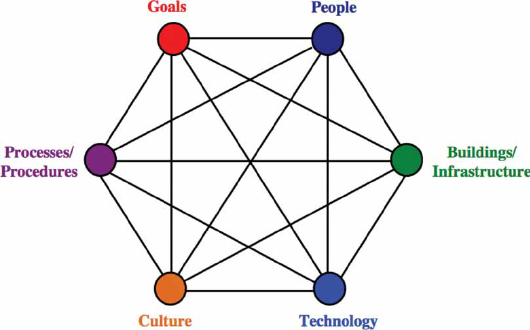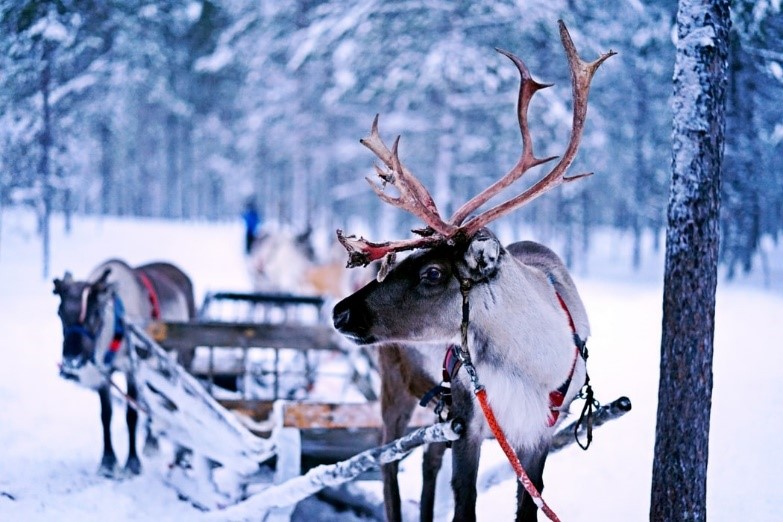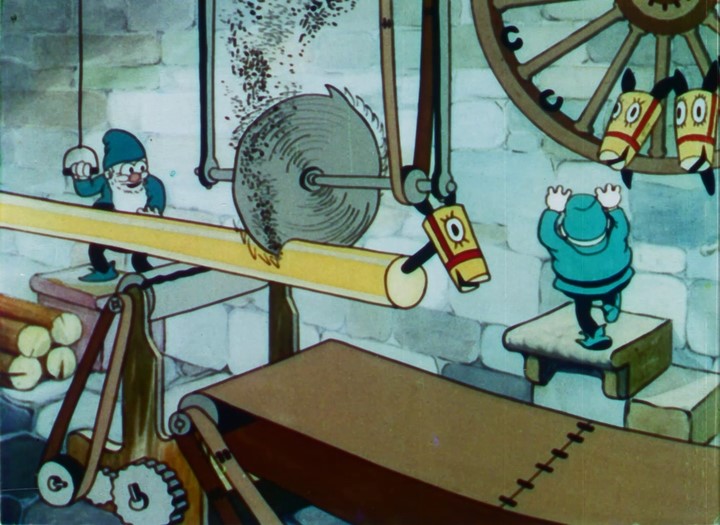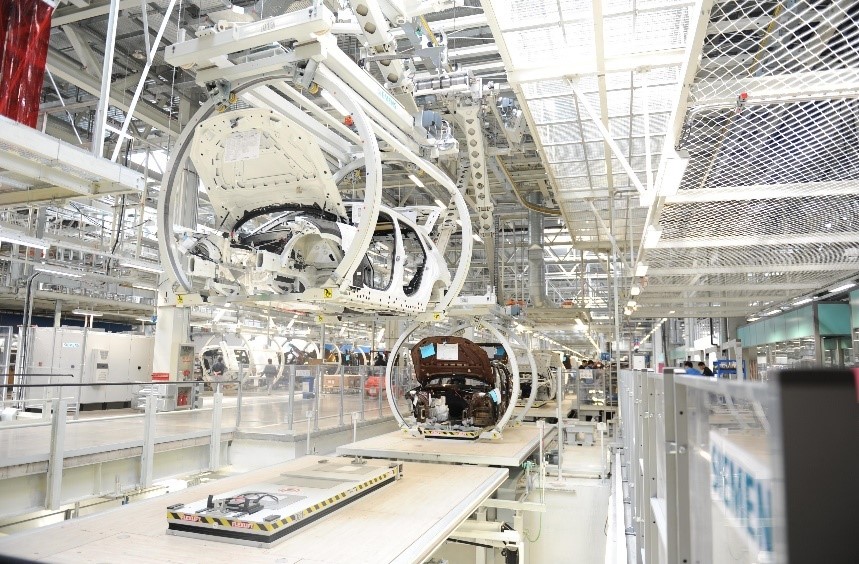The festive season is here! Office parties, decorations and Christmas markets are all around the city of Manchester, reminding us that this time of year is about joy and hopefully some minced pies too! Although December is a celebratory time, organisations still need to operate, especially in the retail and hospitality sector, when its often their busiest time of year. Approximately 4.7 million people are expected to work on Christmas day in the UK this year, making us think what are the most important elements for an organisation to function? Is it just the people or is it more than that? Organisations need to consider technical as well as social aspects of their workplace and how these fit together to ensure systems are working effectively.
This is also true in Santa’s workshop…Without the machines to make the presents and the elves and reindeer to support the process, Santa would not be able to hit his delivery targets for the year (much to our disappointment!). In this article we take a socio-technical approach to Santa’s workshop, describing how the harmonious functioning of these two elements ensures we get our presents under the Christmas tree in time for Christmas day (depending on how nice we have been during the last year).
What is a Socio-technical System?
Socio-technical systems highlight the interdependence of both technical (i.e. procedures and related knowledge not just material technology) and social factors (i.e. the people, working practices and roles, culture and goals) when designing jobs that satisfy both organisational requirements and the social/personal requirements of the employee. The effective functioning of an organisation relies on treating these two factors as equal, as changes to one can necessitate changes to another. Therefore, when designing a change in one part of the organisation you must consider the effects of this on other parts of the organisation.

Figure 1. A visual representation of the socio-technical approach.
Researchers [1,2] have developed the socio-technical hexagon (see figure 1) which depicts the six major components that we can use to understand complex systems within organisations or within Santa’s workshop and using this model we will walk you through step by step how we get our presents delivered on Christmas day.
Culture
To put it simply culture is described as “the way things are done around here” [3]. This common definition refers to the shared norms, beliefs and values that guides what occurs in an organisation. Culture may affect the way people or groups interact with each other (this also includes clients and external stakeholders).
When we imagine Santa’s workshop we may think of diligent, hardworking elves approaching every task with care, quality and intelligence. Santa is the leader who coordinates the organisation towards its goal to deliver presents on Christmas day and to whom elves and reindeers look for advice and support. Finally, there is Mrs Claus, known for making cookies, caring for all and helping to lift everyone’s festive spirits; she is very much the heart of the operation. This is a work environment to look for inspiration with its culture embedded in the values of love, hard work and care for others.

Processes/Procedures
Organisational structure and the ways in which work is delivered daily is embedded in work processes and procedures [4]. Elves must make approximately 1.5 billion presents for children every year (this number excludes those on the naughty list). We can only imagine the logistics of this! Hence, it comes as no surprise that they have a system for everything; from receiving the letter, checking who is naughty or nice, making the toys to ensuring the reindeers are fully prepared for the big night!
Goals
Every organisation sets goals (no matter how big or small) and uses metrics to assess the performance and the productivity of the people working in it [4]. When setting goals for his employees, Santa never forgets to set SANTA goals:
S – Specific.
A – Achievable.
N – Noteworthy.
T – Time Based.
A – Assessable.
 People
People
Of course, we need people working in the organisation but let’s not forget about key stakeholders (including customers) as well. It is important to consider their attitudes, behaviours, skills and competencies when making decisions [4]. If elves have to make 1.5 billion presents every year, each elf needs to work an average of 1,500 hours per year, and if we assume that an elf can create one present every two hours, then Santa would need 2 million elves to make his supply chain a reality [5]. Santa’s organisation exceeds McDonald’s total number of employees which is about 1.9 million. A lot of hard work to satisfy the needs of billions of children across the globe. Not an easy task!
Buildings/Infrastructure
The infrastructure of the organisation refers to any buildings and physical assets as well as financial elements, such as the business model being used4. It is believed that Santa’s workshop is located at the North Pole, surrounded by fields of ice, so he needs a solid infrastructure renewal plan to ensure his facilities are efficient, effective and sustainable. For example, is there enough magic dust to guide Santa and his reindeer to every door?

Technology
Different companies may use different technologies, tools and equipment based on their specific needs. No one has actually seen inside Santa’s mysterious and miraculously industrious factory, but he may use traditional, old school tools and machines to make presents, something like this:
“Santa’s Workshop” by Wilfred Jackson, 1932.

Or Santa may have been massively influenced by technological advancements and his workshop now looks like this:

What do you think?
We hope this article gave you some ideas on how Santa makes it all work… But the take home message here is that it is not just Santa’s greatness but a combination of factors (like elves, reindeers, tools and machines) that work harmoniously to bring people joy. We hope that you may consider of all these different components and how they may interact so you can help your organisation become great!
References
1.Clegg, C. W. (2000). Sociotechnical principles for system design. Applied ergonomics, 31(5), 463-477.
2.Davis, M. C., Challenger, R., Jayewardene, D. N., & Clegg, C. W. (2014). Advancing socio-technical systems thinking: A call for bravery. Applied ergonomics, 45(2), 171-180.
3.Deal, T. E. Kennedy, A.A. (2000). Corporate Cultures: The rites and rituals of corporate life, London: Da Capo Press.
4.Hughes, H. P., Clegg, C. W., Bolton, L. E., & Machon, L. C. (2017). Systems scenarios: a tool for facilitating the socio-technical design of work systems. Ergonomics, 60(10), 1319-1335.
5.Lobel, B. (2016). Five things small businesses can learn from Santa’s supply chain. Retrieved from https://smallbusiness.co.uk/businesses-santas-supply-chain-2535986/